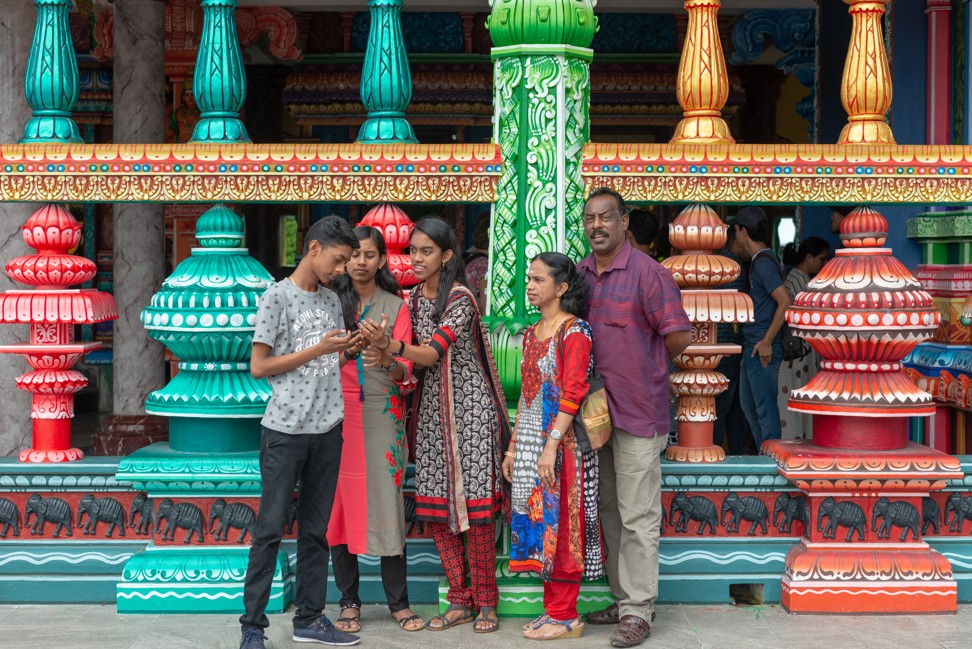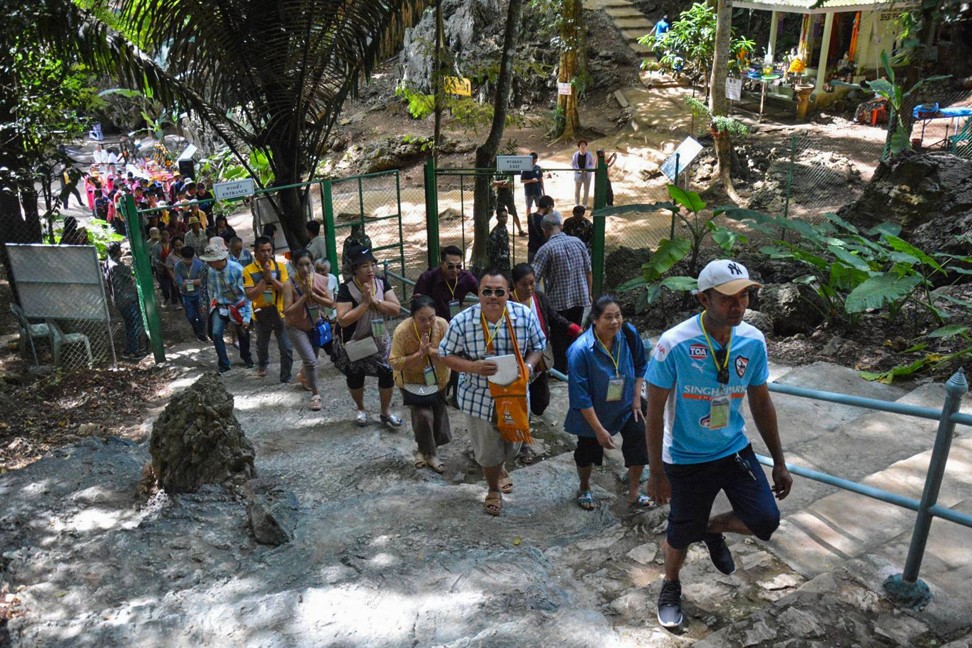
Indian tourists prefer Singapore: Malaysia is trying to work out why and how to attract more
- India is one of the world’s fastest-growing outbound tourism markets and destinations are competing to attract travellers from the subcontinent
- Singapore currently tops the list for Indian visitors but its northern neighbour is doing all it can to knock it from the top spot
However, the incident did little to dent the appeal of Indian travellers as a growing source market for Asian holiday hotspots, particularly as some are experiencing a downturn in arrivals from the Middle Kingdom. A study published last year by Orbis Research found that India has become one of the fastest-growing outbound travel markets in the world. In 2017, international tourism departures from India hit 23 million, which is still a long way from the 130 million outbound trips made by Chinese travellers that year, but shows a significant rise from 10 years earlier, when only 9.8 million Indians went on overseas adventures, according to the United Nations World Tourism Organisation, which forecasts that the figure will reach 50 million by 2022.
Orbis expects the value of India’s outbound tourism market to surpass US$42 billion within five years, and destinations are laying the groundwork to ensure that they get their piece of the pie.
Singapore currently occupies the international top spot for Indian travellers, with more than 1.4 million arriving in 2018, according to a report in The Hindu Business Line newspaper, while India is the city state’s third largest source market behind China and Indonesia, in that order, as per figures from the Singapore Tourism Board. But Malaysia, currently the sixth most popular place for tourists from India – The Hindu Business Line reported it welcomed 600,000 from the subcontinent last year – is doing all it can to knock its neighbour from primo position.

On November 4, the Singapore edition of online news site the International Business Times reported that Malaysia had launched a “charm offensive” to attract more Indians. Malaysian tourism officials visited Chennai, Madurai, Coimbatore and Cochin to showcase the wealth of experiences available to tourists and to promote the country as a “value-for-money eco-tourism destination” with a rich arts culture. “Malaysia, which has a more diverse range of attractions compared with Singapore, is trying to figure out why it’s attracting fewer travellers than Singapore,” noted IBTimes.
Malaysia and Singapore enjoy excellent air connectivity with India, with more than 200 direct flights from each nation to the subcontinent, and both are important bases for the Indian diaspora in Asia. Malaysia has one of the largest overseas Indian populations in the world, with Indian-Malaysians representing about 8 per cent of the total population, which numbers 32 million. Still, that statistic is slightly higher for Singapore, where Indians make up 9 per cent of the resident population (3.9 million).
The Singapore visa is cheaper, at US$22, compared with US$56.5, including service fees, for Malaysia – could that have anything to do with its edge over its neighbour?
On the other hand, Malaysia, because of its size and the fact that it occupies parts of the Malay Peninsula and the island of Borneo, has a topographical advantage over Singapore, boasting beaches, biodiverse rainforests, hiking trails and Southeast Asia’s highest peak among its many attractions. So, why does the diminutive city state attract at least twice as many travellers from India?
Perhaps because Singapore started making serious efforts to establish itself as a top destination for Indian tourists some years ago. In 2016, the Singapore Tourism Board went to “extensive efforts” to market the city state to top-tier Indian cities, according to website AsiaOne. That same year, scenes from Bollywood’s Badrinath Ki Dulhania were shot in the city state. When the romantic comedy was released in 2017, it was one of the highest-grossing films of the year in India, turning travellers on to such delights as Universal Studios, the Henderson Waves and Clarke Quay, and inspiring tours that follow in the footsteps of the movie’s protagonists.
Even though Malaysia has had a Bollywood blockbuster to call its own – Don (2006) was filmed mostly in Kuala Lumpur and Langkawi – the country has been a little late to the Indian tourism party, but it still has plenty to gain from making its presence felt among tourists from the subcontinent.
Thailand’s Tham Luang cave opened to tourists

According to the Bangkok Post, more than 1 million people have visited the site in the past year, but none were able to venture inside until November 1. Authorities at the Tham Luang-Khun Nam Nang Non National Park, in which the cave is located, have opened three areas of the complex – the cave entrance, the first chamber and the Nang Non spirit house. Visits will be limited to 20 people at a time and a permit must first be obtained.
More climbing bans considered for Aboriginal sites in Australia

The broadcaster reported that the Bundjalung people, who are the traditional guardians of Wollumbin, a Unesco World Heritage Site in New South Wales, wanted to restrict access to the mountain trail that traverses their sacred space. “It is equivalent to climbing on top of the Vatican,” a Bundjalung representative told CNN Travel. “It is equivalent to climbing on top of Muslim mosques.”
Elsewhere, conversations between the local government and traditional guardians are ongoing over how best to conserve Queensland’s Mount Beerwah, although “There are no plans at this stage to close Mt Beerwah to climbers,” said Leeanne Enoch. The state’s minister for the environment and the first Aboriginal woman to be elected to Queensland’s parliament also told CNN Travel, “Traditional owners would be a partner in any decision made regarding a closure.”

